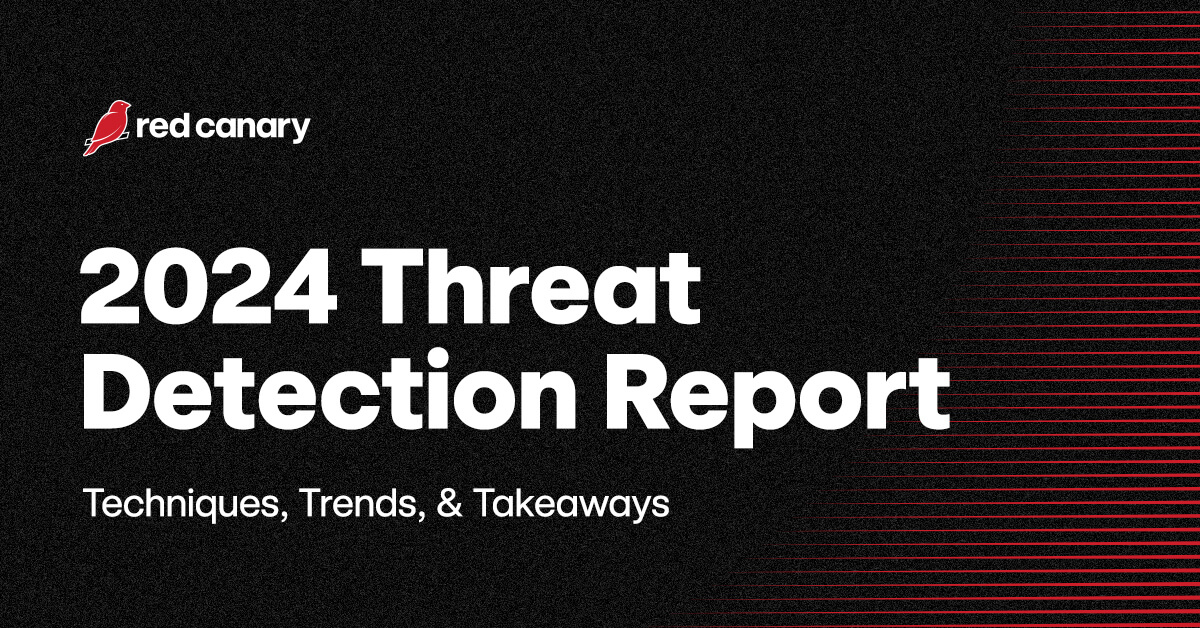Windows-like-Linux
Three main security features of Linux are important for home users:
1. The permission-based structure in Linux prevents regular users from performing administrative actions.
2. Software installation is performed by using "app store" package manager.
3. Linux as a home computer operating system is far less targeted than Windows.
Windows-like-Linux has similar features:
1. The user works on a Standard User Account (SUA).
2. Software installation is performed via Microsoft Store (UWP apps and desktop applications).
3. All EXE and MSI files originating from the Internet Zone are blocked by default (no whitelisting).
The EXE, MSI, and DLL files originating from local devices (no MotW) are highly restricted in UserSpace by WDAC ISG (no SmartScreen backend).
Other files with active content (scripts, scriptlets, etc.) are blocked by default (Internet Zone and local devices).
Point 3 highly reduces the possible infection (including exploits) if all UserSpace is restricted. This is true when the SUPER_SAFE setup is applied in WHHLight with <WDAC> = IAC. Almost as safe would be TWO_ACOUNTS setup with <WDAC> = IAC.
But, I would like to propose the light implementation of Windows-like-Linux based on the TROUBLE_FREE setup with <WDAC> = IAC.
The WDAC default Whitelist on the above example includes two accounts:
TestUser (Admin account) and
useruser (SUA). In the TROUBLE_FREE setup, the ProgramData and AppData folders are whitelisted.
The cons are that some exploits can possibly use the locations in ProgramData or AppData to run malware, so we must add some post-exploitation protection (ConfigureDefender, FirewallHardening, and DocumentsAntiExploit). If one uses 3rd party
applications for viewing & editing documents and 3rd party AV, those
applications may require additional hardening.
The pros are that one can install almost any Windows application before applying the restrictions, and it will work/auto-update after applying the Windows-like-Linux light setup.
Of course, when restrictions are active then new software installations will be limited to Microsoft Store. But it is worth mentioning that gaming platform software (Steam, Epic Games, etc.) can still install new games because those installations are performed similarly to gaming platform updates.
I think that Windows-like-Linux setup (light version) can be helpful when protecting children or happy clickers. Despite strong restrictions, users can work with already installed applications, and install new software from Microsoft Store or new games via gaming platforms. Windows and software auto-updates are not restricted.

malwaretips.com



